Premium Profiles optimize your exposure in our internal as well as all external search engines. DOmedia’s team builds and customizes your media profiles, with information you provide. A Premium Profile, represented as a unique category/subcategory combination, includes location level detail as well as free leads from request quote traffic. DOmedia will keep your information, including locations, media kits and images, updated with a quarterly audit and incorporate any changes necessary to your profiles. Company and Basic Profiles are still free to create yourself, but the depth of information included with Premium Profiles will increase your visibility significantly. In fact, there was a 45% increase in company profile views and a 63% increase in product profile views during the month of September. Below you can see a chart with the improved profile views for accounts with Premium Profiles.
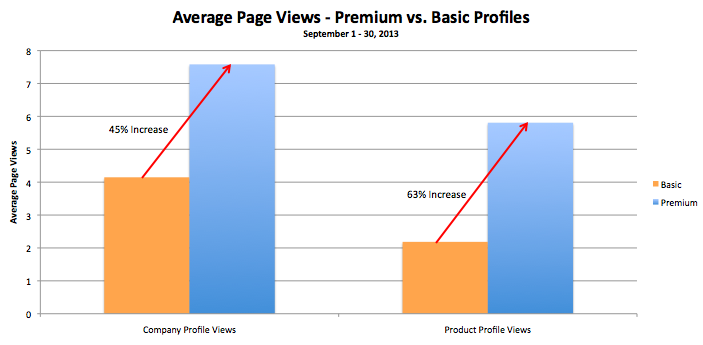
More details about Premium Profiles

» Give the buyers what they want – accurate and comprehensive information
» Detailed information at the buyers fingertips create a better buying experience including profiles with audience information, locations, rate cards, and media kits
» Stand out from basic profiles – Premium Profiles include a “badge” and have preferred search result placement to help buyers find solutions with comprehensive information
» DOmedia reps will update your profiles quarterly to ensure accuracy
» Receive free sales leads from “Request Quote” links on all of your profiles
If you want to learn more about Premium Profiles, contact our client services team (clientservices@domedia.com) today!
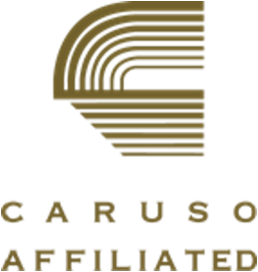
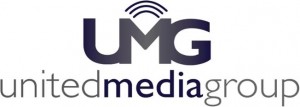
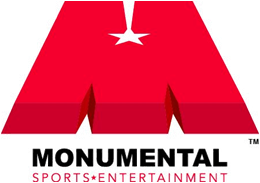
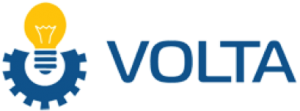
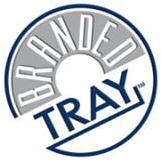
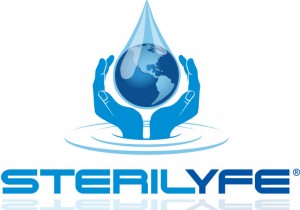
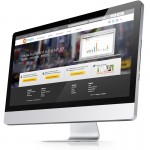
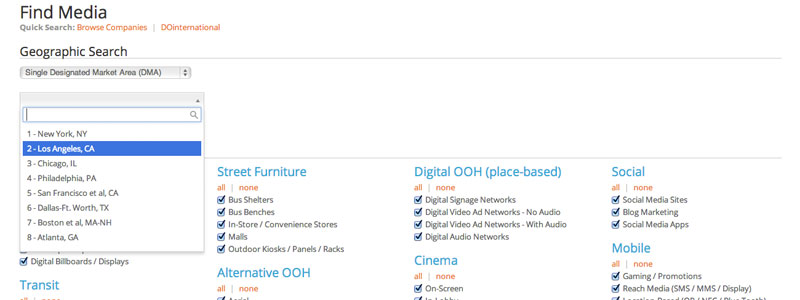
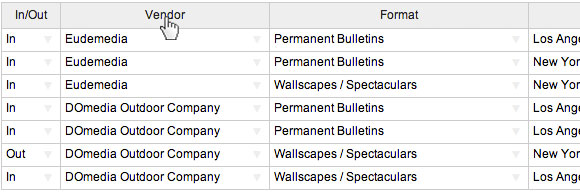
 When Arbitron released its 2013 Out-of-Home Advertising Study, I observed some interesting findings that further establish the idea that OOH gets consumers to take action. This study found that four in ten OOH viewers were encouraged to visit a store or restaurant, or watch a TV show because of an OOH advertisement.
When Arbitron released its 2013 Out-of-Home Advertising Study, I observed some interesting findings that further establish the idea that OOH gets consumers to take action. This study found that four in ten OOH viewers were encouraged to visit a store or restaurant, or watch a TV show because of an OOH advertisement.



